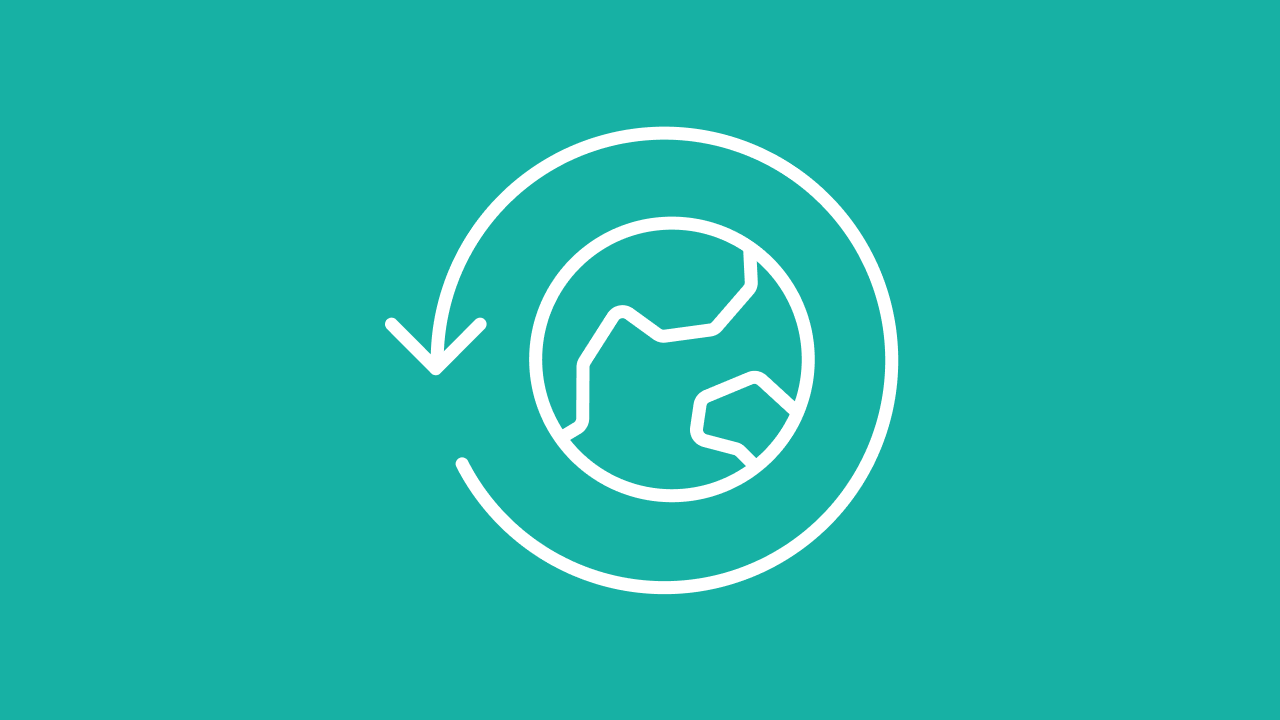
March 31st is World Backup Day – what better day for a refresher about the importance of backing up Salesforce data?
Sure we can (and will!) discuss why Salesforce data backups are important. But it’s also critical to ensure that Salesforce data is backed up properly so that it can be fully restored if disaster strikes.
Backup solutions aren’t one-size-fits-all, especially among enterprises. Let’s jump into why, and how you can identify the right solution for your requirements.
First things first, you must backup your Salesforce data.
Salesforce’s shared responsibility model ensures platform security and uptime, but protecting data integrity and availability is your responsibility.
This includes backing up your Salesforce data.
So what are you protecting against? Salesforce data can be lost or corrupted due to:
Backup solutions aren’t one-size-fits-all. Enterprises in particular require purpose-built solutions due to factors like:
Additionally, Salesforce data backups must be:
So what should you look for when evaluating enterprise Salesforce Backup and Restore vendors?
If you’re in the process of evaluating options to implement an enterprise Backup and Restore solution, consider the questions on this checklist.
If disaster strikes, you need the confidence of knowing that your mission-critical Salesforce data is protected and can be fully restored. That’s why choosing the right Backup and Restore vendor can make or break your Salesforce implementation if you experience a data loss or compromise.
This “Salesforce Backup and Restore Vendor Capabilities” checklist details the critical requirements for seven key categories so you can make the right choice for your organization’s data protection needs:
Get the checklist here, and contact us for a personalized demo.